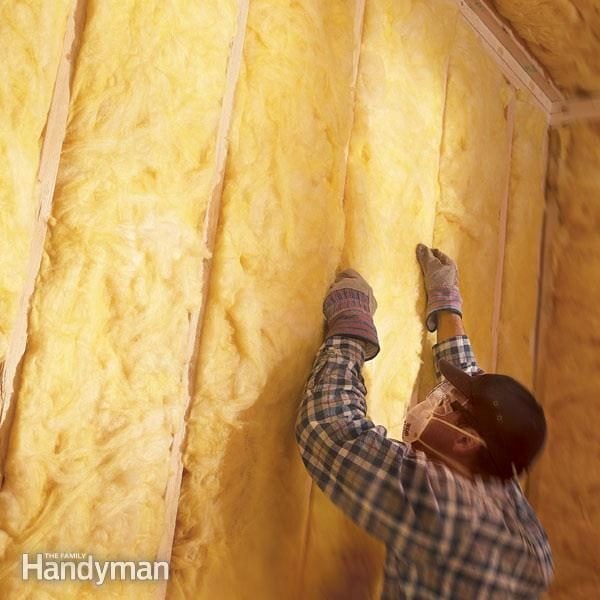However they re often installed poorly and even small gaps can reduce efficiency as much as 25 percent.
How to install unfaced fiberglass insulation in walls.
Includes cutting and fastening insulation and insulating around obstacles.
Add thick insulation batts to the attic.
Expert advice on how to install fiberglass insulation including methods for insulating walls floors ceilings attics and more.
Unfaced fiberglass batt insulation is installed to completely fill the wall cavities and is sliced to fit around wiring piping and other obstructions in the wall cavities if installing batts in the walls of an existing home meet resnet grade 1 quality installation standards and meet or exceed code for the insulation level r value requirement.
Unfaced batt insulation is often used for beefing up the r rating with the r rating being the insulation rating scale that says how much or how effective insulation needs to be in that space.
The key to effective wall insulation with fiberglass is firm placement.
1 measure the space the insulation needs to fit.
Batts are long strips of unrolled and unfaced fiberglass insulation.
Installing attic insulation is one of the most valuable ways to save energy and keep your home warmer.
Lay unfaced fiberglass roll or batt insulation between or across ceiling joists in attics with some existing insulation.
Seal up door and window cracks with caulk cold air seeping into your home has a detrimental effect on your home s heat envelope.
Fiberglass insulation is energy efficient affordable easy to install and readily available in a wide variety of sizes types and r values.
Place unfaced insulation on top of existing material such as loose fill.
Insulation being unfaced doesn t mean it s a bad choice.
However do not compress the insulation as doing so lowers efficiency.
While faced insulation is stapled to the wall studs unfaced fiberglass insulation is installed slightly differently but offers the same benefits.
Generally interior walls use batts with an r 11 to r 13 value while exterior walls use batts with an r 19 to r 21 value.
Fiberglass batts are the cheapest easiest way to insulate new walls.















































